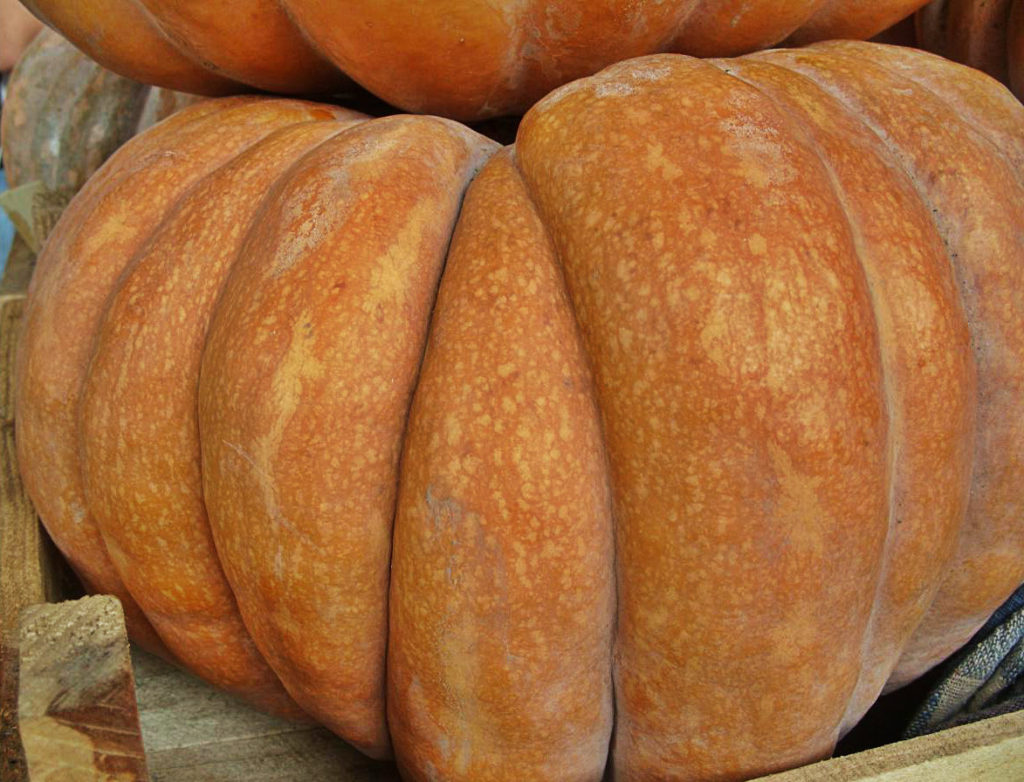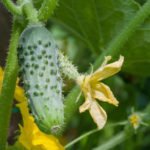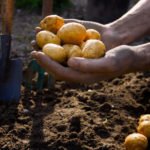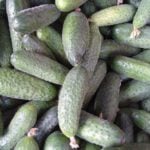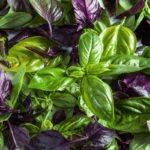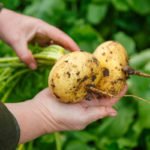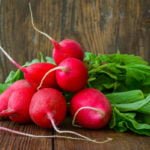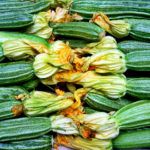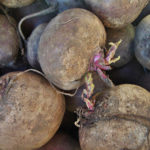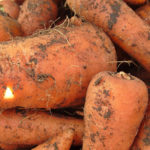Pumpkin is a widely cultivated melon, fodder, medicinal, and ornamental plant. In therapeutic and preventive food, baked, boiled, fried fruits (soup, porridge, pie fillings, juice, mashed potatoes, casseroles, stews, etc.) are used. For the purpose of treatment, seeds (an excellent anthelmintic), fruit pulp and stem are used, it has a choleretic, diuretic, mild laxative and hypotensive, antimicrobial effect; flowers are used in the treatment of purulent wounds.

Considering that the total leaf surface of one plant during the growing season can be 30 m² (35.9 sq.yd), it is recommended to use supports for fast and dense design of vertical surfaces, including fences (fruits are placed in nets and tied up), as well as well-lightened southern slopes. Single plants can be placed on the lawn, where they will attract attention with golden flowers scattered on a green carpet of leaves, and will impress the imagination with a variety of shapes, sizes and colors of fruits. Planting schemes: Bush forms-70×70 (2.3×2.3 feet) or 50×100 cm (1.6-3.3 feet), long-140×140 (4.6×4.6 feet) or 210×140 (6.9×4.6 feet), 210×210 cm (6.9×6.9 feet), sowing depth 4-5 cm/1.6-2 inches (on heavy soil), 8-10 cm/3.1-3.9 inches (on light soil). It prefers fertile, neutral or slightly acidic, sandy or loamy soils. The best predecessors: perennial herbs, potatoes, cabbage, onions, root vegetables, legumes.
